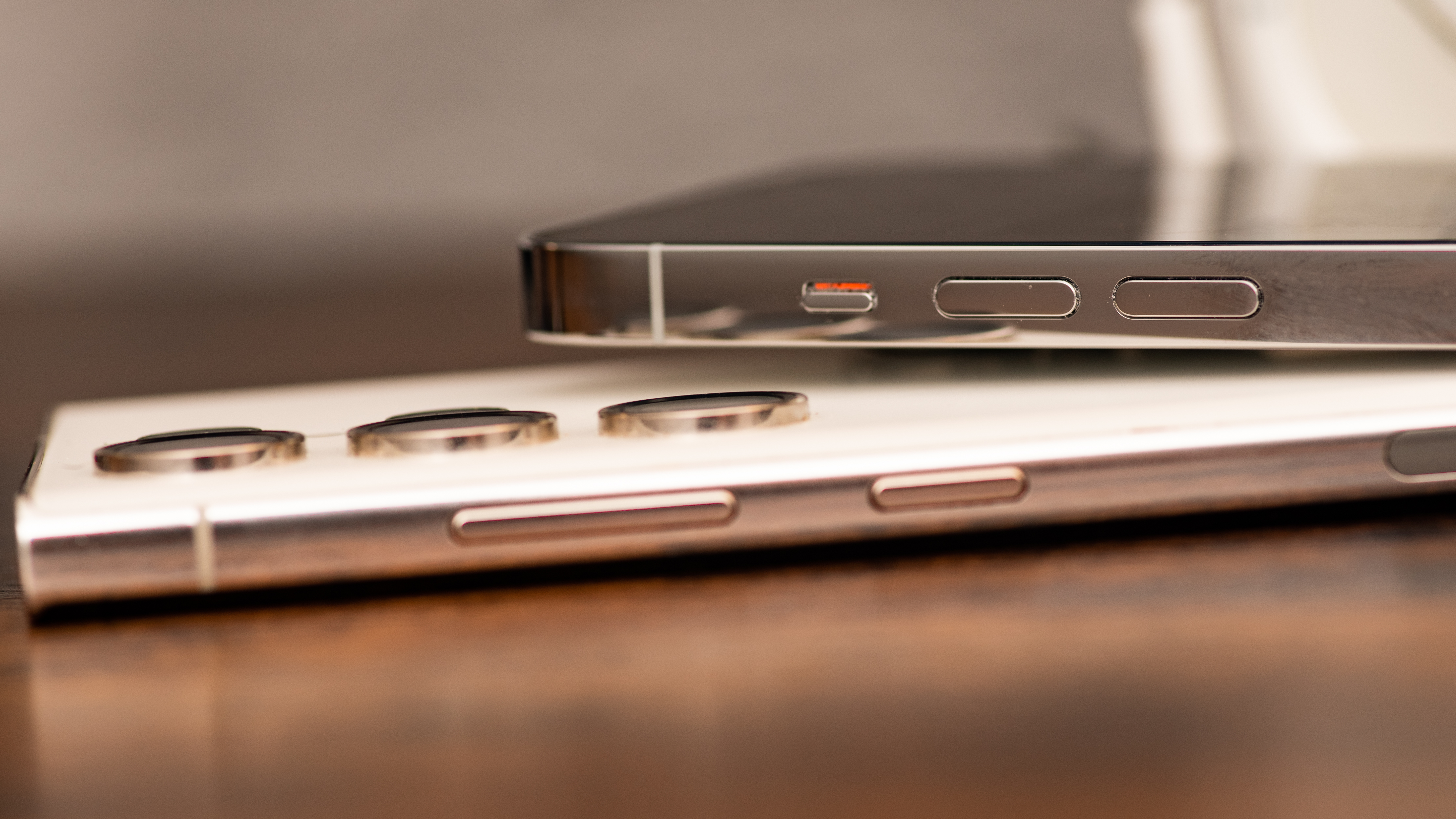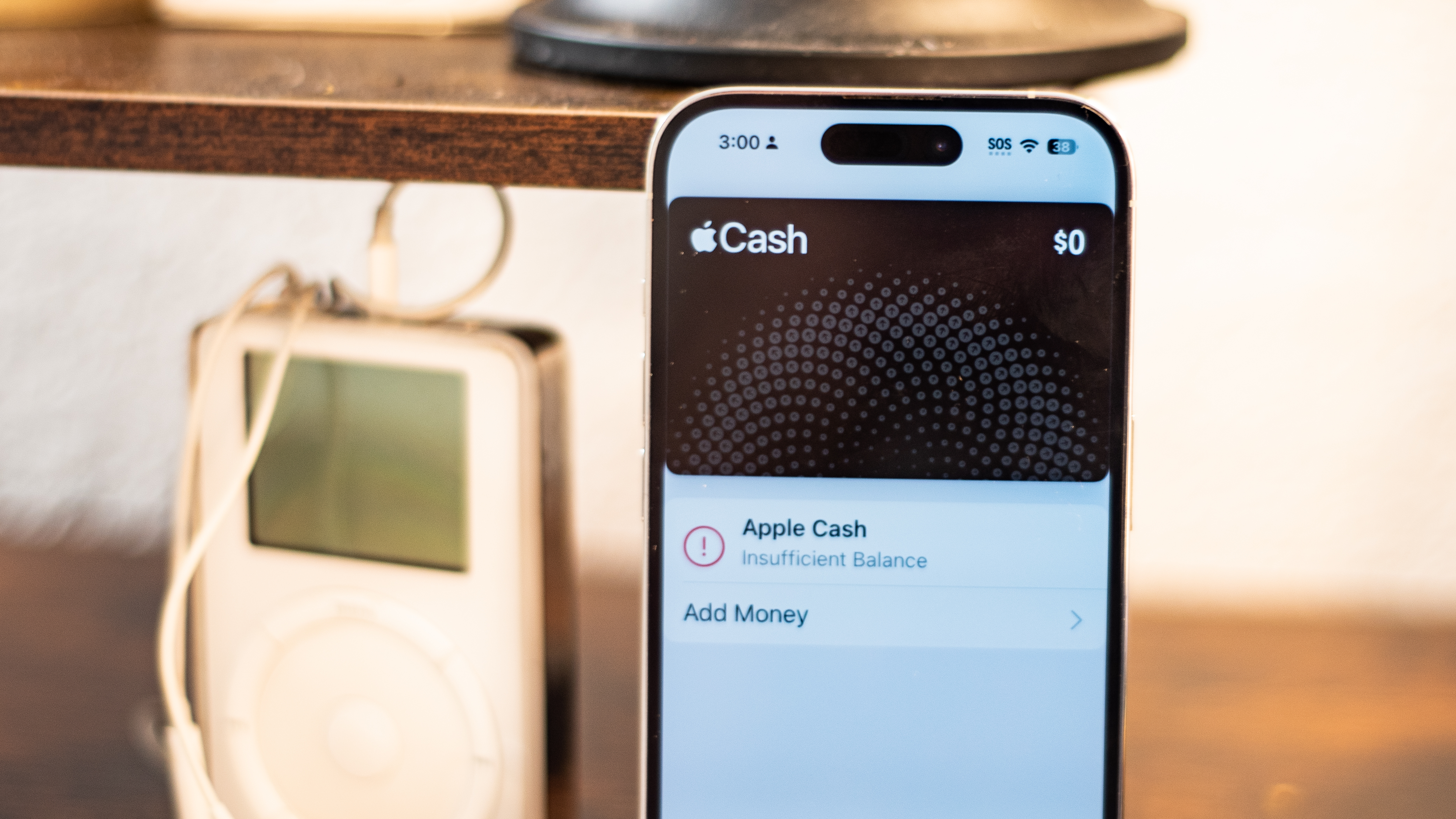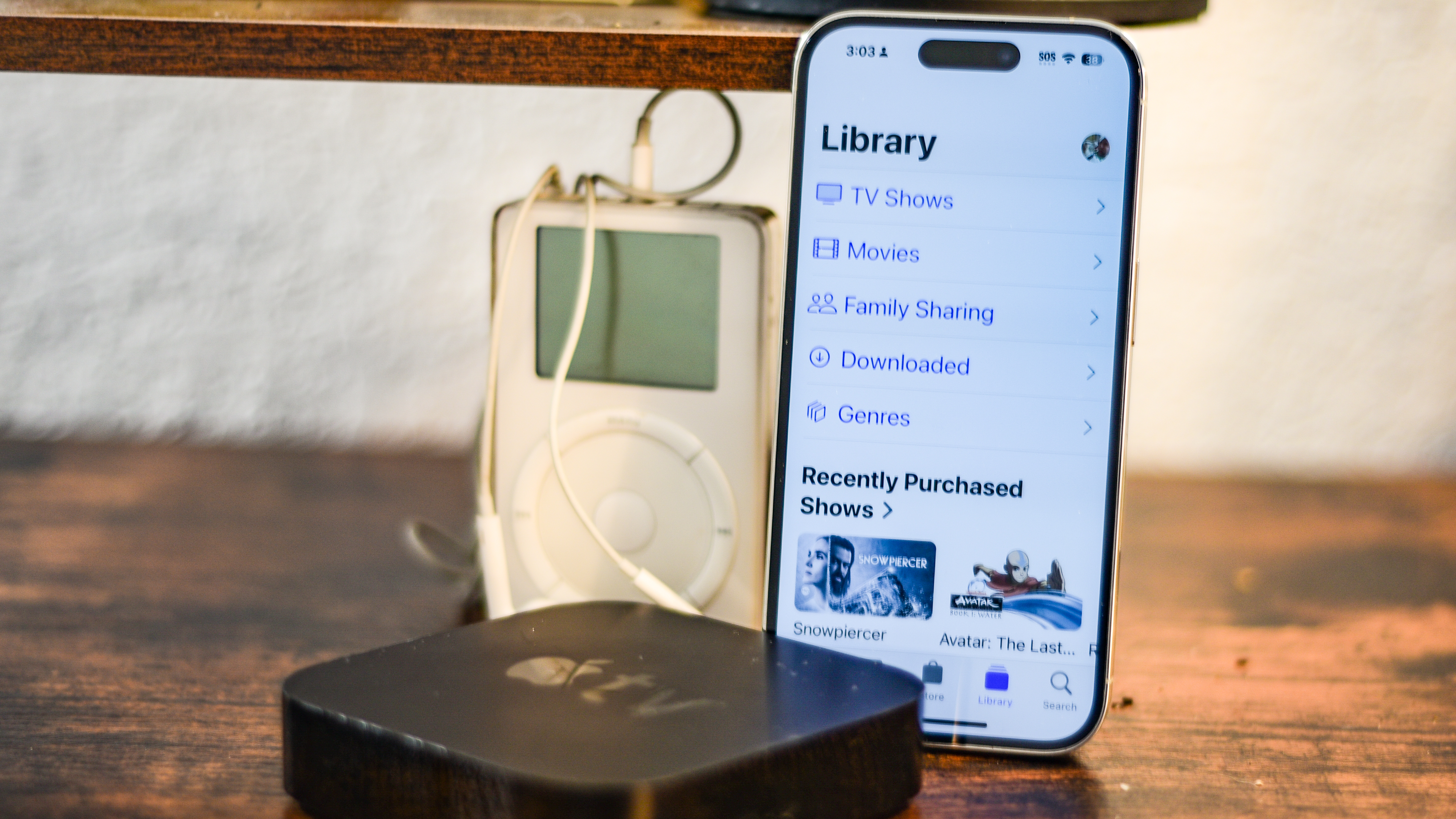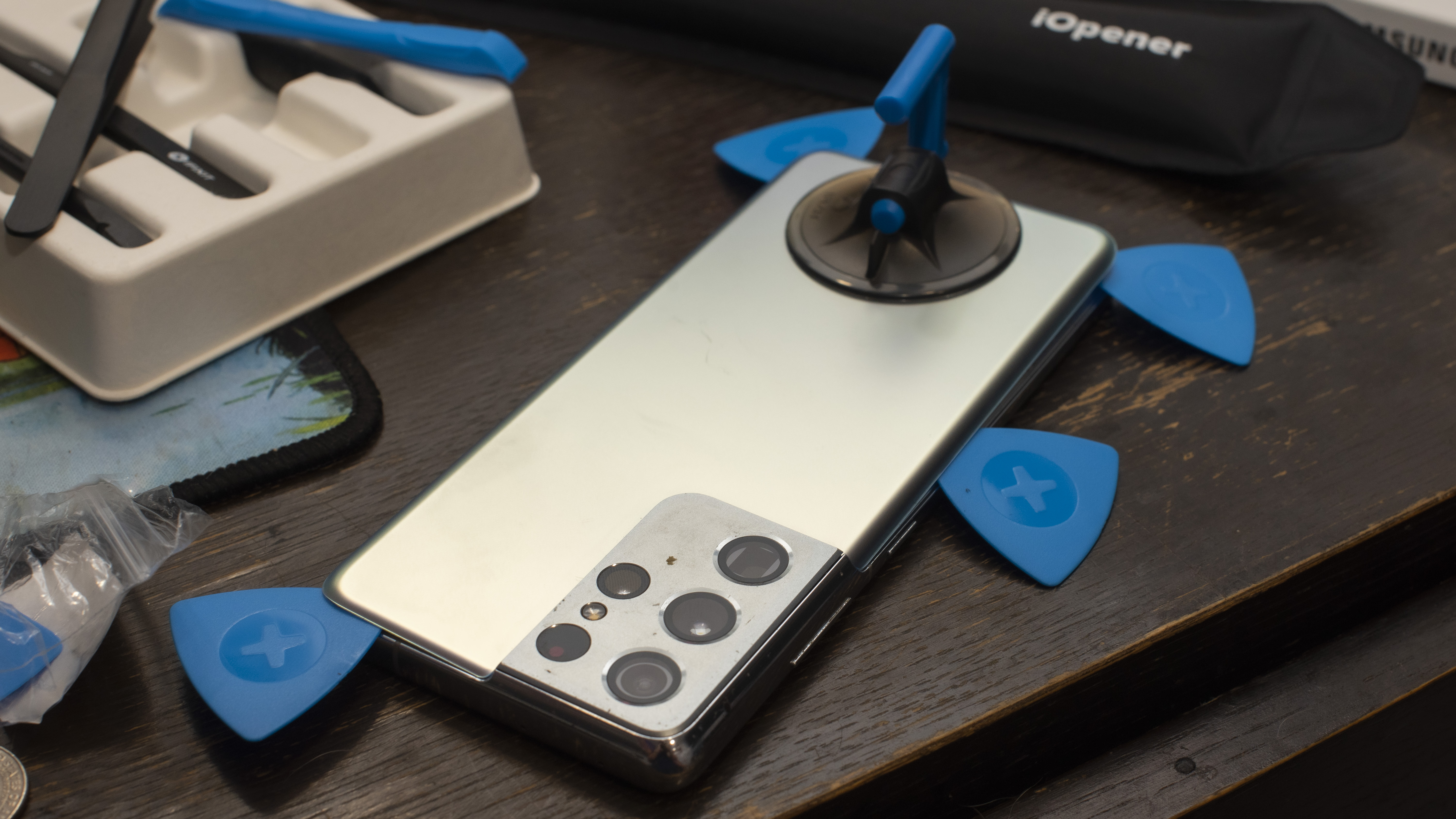What the iPhone 14 can do that the Galaxy S23 cannot
Doing more than the phone that does everything

Comparing the best phones you can buy, recurring themes emerge. The iPhone is refined and elegant, with a simplified interface. The Galaxy is robust and powerful, packed to the gills with features and tweaks. That doesn’t mean the Galaxy isn’t an elegant device, and it certainly doesn’t mean the iPhone isn’t capable. In fact, there are many things the iPhone 14 can do that even the best Samsung phone cannot.
The Galaxy S23 Ultra is loaded with so many features, it used to be two different phones. Samsung’s Galaxy S family ate the Galaxy Note family, including the hidden stylus and all of the advanced cameras. Today’s Ultra can do so much, maybe too much, but even though iPhone fans love the simplicity of Apple’s device, there are still plenty of features that give the iPhone bragging rights.
Among these may be the Apple A16 Bionic processor, but those benefits won’t be as clear to most users. The best iPhone benchmarks better than any Android phone, even Samsung’s best, but Apple’s iOS is less ambitious. You won’t find the iPhone putting that power to use running multiple apps in side-by-side windows, or driving a monitor and keyboard in a desktop environment.
Here are the real benefits you’ll enjoy if you go for an iPhone 14 over a Galaxy S23.
The button the iPhone 14 has and the button it doesn’t
The iPhone 14 has a mute switch, long a staple of the iPhone family. Apple loves minimalist design, but there are still four buttons on the iPhone, including the switch. Other phone makers dropped the mute switch, but Apple has kept it, giving iPhone owners a quick way to silence the phone in a hurry.
It speaks to Apple priorities, especially as the first mainstream smartphone. If the smartphone is going to intrude on our daily lives and relationships, it’s nice that Apple gives us a quick way to shut it up. It’s important to Apple that the phone doesn’t become an intrusion.

Unlike Android phones, the iPhone has never had a back button. Modern Android doesn’t use navigation buttons, but you can still swipe to go back. Apple has never offered a back button. You can swipe up and quit to the home screen, that’s it.
Why is this a good thing? Because it forces app designers to think in paths that are more friendly to the user. If there is always a back button, always a way to fix a wrong choice, then designers can be more careless with interface designs. Apps can allow users to make a mistake if there’s a back button to find the right choice instead.
With an iPhone, apps need to be more deliberate. The design needs to ensure the correct choice is easy to find. If the choice ends up being wrong, the fix needs to be apparent. There is more work for the app designer, sure, but the experience is superior for users.
This has been a part of Apple’s philosophy since the beginning, since it popularized the graphical user interface. Developers are required to do more work to make the apps easier to use, with fewer options. I’m sure it isn’t easy to develop for Apple platforms, but it is much easier to use them.
FaceID is truly secure, not just a shortcut
If you have an Android phone, you may wonder why you can unlock your lock screen with your face but you can’t use your face to unlock Google Pay tap payments, or your banking app. That’s because Android phones use a simple photo recognition for face unlock features. On the iPhone, face unlocking is much more advanced.
The iPhone uses a special camera sensor in the notch or the dynamic island for FaceID. This is an infrared sensor, similar to what Microsoft used on its Kinect motion tracking controller for Xbox. An emitter on the iPhone projects invisible dots all over your face, and the FaceID camera can read those dots and create an accurate 3D model.

How accurate? As accurate as a fingerprint, as far as your bank card is concerned. It’s much more accurate than normal face unlock, which is why it is more secure. For a few generations, Samsung included an iris scanner on its Galaxy S phones that was equally secure, but that feature was lost after the Galaxy S9.
An iPhone can connect with more devices around you
It isn’t really fair, but the iPhone can connect with more devices. That’s because many Apple devices, like the Apple TV 4K (2022), only properly synchronize with an iPhone. Android users and iPhone owners alike can use a Google Chromecast or other set-top box, but if you want to get the most out of the Apple TV or a HomePod 2, you need an iPhone.
Apple TV isn’t just for streaming. There is a huge library of games available for iOS and iPhone that you can also play on your Apple TV. It isn’t a gaming console equivalent, but if you play a lot of games on your iPhone, an Apple TV is a better choice than other streaming boxes.

Apple phones can also easily AirDrop to other iPhones. Android devices can send files with ‘nearby share’ features, but AirDrop is much simpler and more automatic. For iPhone users, AirDrop and its fast, easy, and occasionally anonymous sharing are part of the fun of using the platform. For Android, sharing isn’t fun, it’s just something your phone can do, if you can figure it out.
This is another lasting benefit Apple has enjoyed. While manufacturers like Samsung and Lenovo are finally adding synergistic features that reward folks who own multiple devices, Apple has always allowed its devices to integrate seamlessly and talk with each other. Photos, files, even apps and games are easy to share across multiple devices.
Emergency SOS via satellite, you’ll be thankful
I joke about how Apple’s emergency SOS via satellite is useless for me because I’ve never climbed Mount Everest or been stranded after a shipwreck, but the truth is that it’s entirely possible for normal folks like me to find myself in need of emergency help in a spot with no cell phone service.
I hike in the woods frequently, and our US national parks are a favorite destination for me. It would only take a slip on rocks for me to need more help than my dog and my teenager can provide. I’ve vacationed in numerous spots where a lack of cell service is a feature, not a bug. Those places used to have wired telephones, but no more. If I needed help, I’d be thankful for an iPhone 14.
Repairs that take minutes, not days
Both Samsung and Apple offer reliable customer service and support, and I’ve used both for help and advice, as well as hardware repairs. Of the two, Apple’s is superior, especially if you need help fast.
When I had a broken iPhone, I made an appointment at an Apple store and I walked out with a working phone in perfect condition. It took less than a half hour. They didn’t bother to repair my phone, they just confirmed what was wrong and then handed me a refurbished model.
If they don’t have your specific model in stock, you may have to wait, but Apple keeps a big inventory in store, and I’ve heard they’ll offer you a different color if you don’t mind the change.

When I needed to repair my broken display, I took it first to uBreakiFix, which is an authorized Samsung repair shop. Samsung directs repairs to uBreak and Best Buy. The uBreak store could do the repair, but they didn’t have the display in stock. Then they tried to sell me a low-resolution, LCD-instead-of-OLED display that would cost less.
I’d never heard of downgrading a phone while trying to repair it. That’s something an Apple Store would never, ever do. While authorized outlets like Best Buy and uBreakiFix may be capable of repairing a Samsung Galaxy S23 Ultra, I feel more comfortable bringing it to the company that made the phone. Apple knows its own reputation is on the line.
Get daily insight, inspiration and deals in your inbox
Sign up for breaking news, reviews, opinion, top tech deals, and more.

Phil Berne is a preeminent voice in consumer electronics reviews, starting more than 20 years ago at eTown.com. Phil has written for Engadget, The Verge, PC Mag, Digital Trends, Slashgear, TechRadar, AndroidCentral, and was Editor-in-Chief of the sadly-defunct infoSync. Phil holds an entirely useful M.A. in Cultural Theory from Carnegie Mellon University. He sang in numerous college a cappella groups.
Phil did a stint at Samsung Mobile, leading reviews for the PR team and writing crisis communications until he left in 2017. He worked at an Apple Store near Boston, MA, at the height of iPod popularity. Phil is certified in Google AI Essentials. He has a High School English teaching license (and years of teaching experience) and is a Red Cross certified Lifeguard. His passion is the democratizing power of mobile technology. Before AI came along he was totally sure the next big thing would be something we wear on our faces.